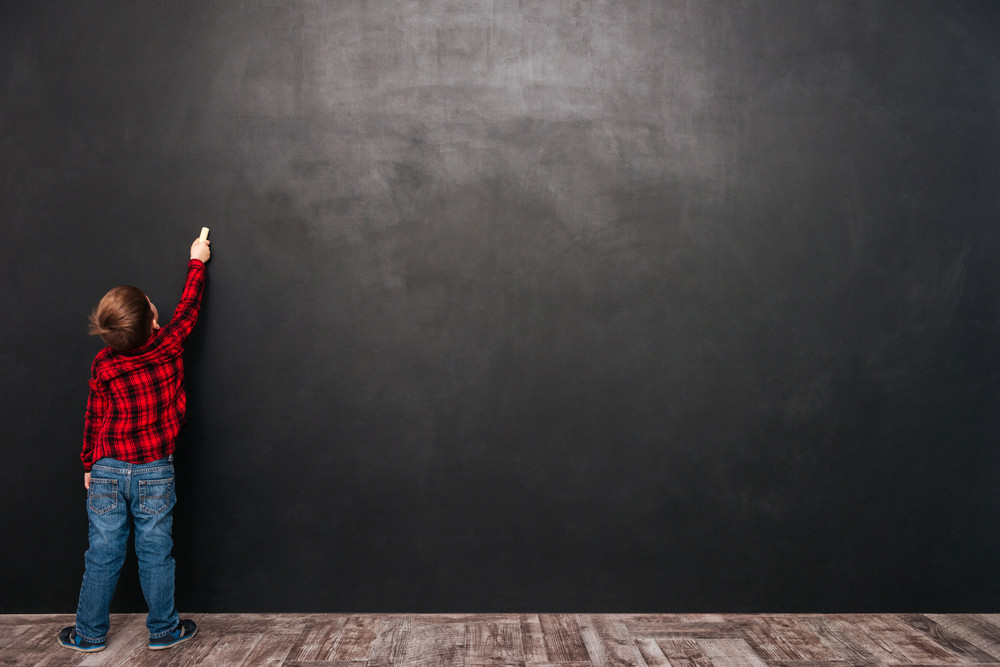Parents are often considering options when it comes to their children’s education and whether a private school education offers anything better than public schooling. Both systems offer unique features that can meet a range of educational needs and preferences. Knowing the differences can help parents plan for the future of their child.

Funding and Governance
The main distinction between private and public schools is in their funding and administration. Funded by federal, state, and local taxes, public schools are not allowed to charge tuition. Because of this, they are governed by the same laws and rules that govern the vast majority of other schools across the United States-meaning things such as state curriculum requirements and a hell of a lot of standardized tests. By comparison, private schools are paid to decline the weight of families and bolstered by beneficence or sometimes spiritual organizations. Private schools were left with a degree of financial independence, enabling them to work education and curriculum in their own fashion.
Do Remember Curriculum and Pedagogy
Private school education may come with special curriculums, according to the philosophy of the school, religious denomination, or teaching. For example, some private schools are founded in the tradition of classical education (Latin, music, liberal arts) – while others emphasize STEM (Science, Technology, Engineering, Mathematics) or a Montessori outlook. Private schools can use this flexibility to bring about new teaching methods, and approaches and individualize learning paths that meet student needs based on their unique abilities and interests.
Public schools, on the other hand, are based on state-mandated curriculums and standards. This helps attain a standardized level of education for all the students in the state, but can often put a pause on the work needed to be done by an administration or a teacher for a student-specific teaching pattern. But unlike most private schools, public schools usually offer a more varied array of sports and Advanced Placement (AP) classes for students to hone their prospective skills and/or get ready for college.
Size of the Classroom and Teacher Credentials
Another major difference between the two school systems is class size. Private schools usually have a smaller student body and therefore, in turn, smaller class sizes than public schools. Smaller class sizes mean more individual attention for the students. It is a situation that can lead to greater teacher-student relationships and better classroom management to affect academic performance.
Public schools generally have larger class sizes because of budget-limiting problems and also enrollment. Even if a larger class size is only 25, it can often be difficult to ensure that all students receive individualized attention, and this challenge may undermine learning for some kids. However, public school teachers generally have graduate degrees and professional credentials that mirror statewide education standards.
Diversity and Inclusivity
Whereas public schools tend to have a greater degree of diversity and reflect the socioeconomic, racial, and cultural background of the communities they serve. This variety can enrich students’ social development and train them for a globally diverse world. By law, public schools are also obligated to provide programs and support services for students with special needs.
There is more diversity at private schools but the student bodies are usually not very dissimilar. Admissions may be one of a few types such as by decision of an admissions office, feasibility (of admission), or matriculation (American English). While some private schools provide scholarships and financial assistance to ensure diversity and inclusivity, the general culture is not as mixed as in public schools.
When it comes to education, finances, curriculum, class size, and diversity are only a few of the aspects you should weigh when choosing between private school education and public schooling. For instance, private schools often have more tailored curriculums and lower student-to-teacher ratios to ensure students receive a focused education. Breadth and diversity in public schools, standardized curriculums Parents can use this information to choose the type of educational setting that will best meet their children’s needs and expectations.
